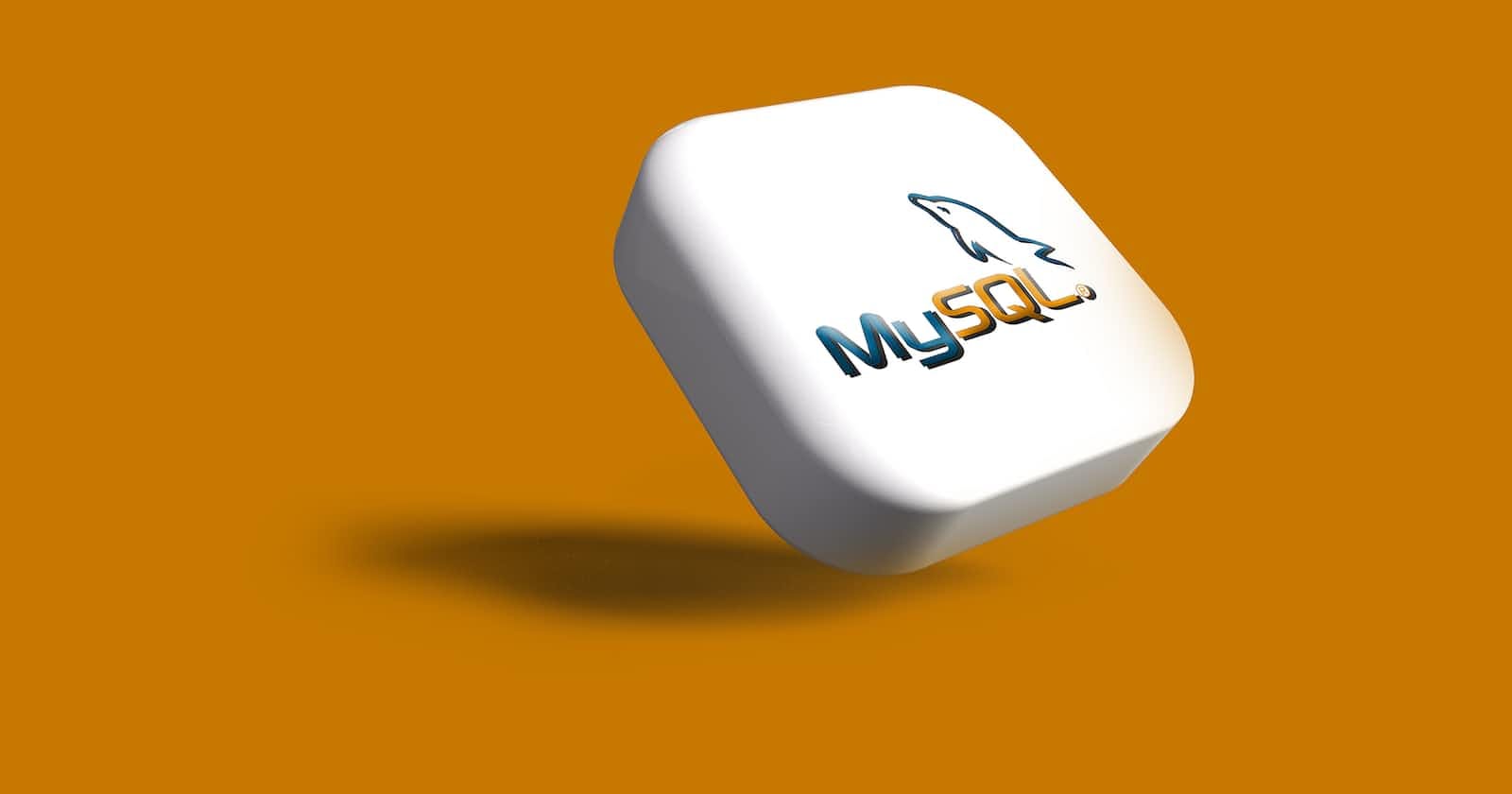Structured Query Language (SQL) is a standard language used to manage relational databases. SQL allows you to perform various operations on the database, including inserting, updating, deleting, and retrieving data. In this blog, we will cover the basics of SQL, including its syntax, and the most commonly used SQL commands.
SQL Syntax SQL uses a simple and easy-to-understand syntax that follows a set of rules. Here is the basic syntax of an SQL query:
SELECT column1, column2, ... FROM table_name WHERE condition;
SELECT: specifies the columns you want to retrieve from the database.
FROM: specifies the table(s) from which you want to retrieve data.
WHERE: specifies the condition that must be met to retrieve data. The WHERE clause is optional.
SQL Commands Here are some of the most commonly used SQL commands:
- SELECT: retrieves data from one or more tables.
SELECT * FROM table_name;
Structured Query Language (SQL) is a standard language used to manage relational databases. SQL allows you to perform various operations on the database, including inserting, updating, deleting, and retrieving data. In this blog, we will cover the basics of SQL, including its syntax, and the most commonly used SQL commands.
SQL Syntax SQL uses a simple and easy-to-understand syntax that follows a set of rules. Here is the basic syntax of an SQL query:
SELECT column1, column2, ... FROM table_name WHERE condition;
SELECT: specifies the columns you want to retrieve from the database.
FROM: specifies the table(s) from which you want to retrieve data.
WHERE: specifies the condition that must be met to retrieve data. The WHERE clause is optional.
SQL Commands Here are some of the most commonly used SQL commands:
- SELECT: retrieves data from one or more tables.
sqlCopy codeSELECT * FROM table_name;
- INSERT: inserts new data into a table.
INSERT INTO table_name (column1, column2, ...) VALUES (value1, value2, ...);
- UPDATE: updates existing data in a table.
UPDATE table_name SET column1 = value1, column2 = value2, ... WHERE condition;
- DELETE: deletes data from a table.
DELETE FROM table_name WHERE condition;
- CREATE TABLE: Create a new table in the database.
CREATE TABLE table_name (column1 datatype, column2 datatype, ...);
- ALTER TABLE: modifies an existing table.
ALTER TABLE table_name ADD column_name datatype;
- DROP TABLE: deletes a table from the database.
DROP TABLE table_name;
Conclusion
SQL is a powerful language used to manage relational databases. In this blog, we covered the basics of SQL, including its syntax and the most commonly used SQL commands. By mastering these basics, you can start building complex queries and manipulating data in a relational database.

